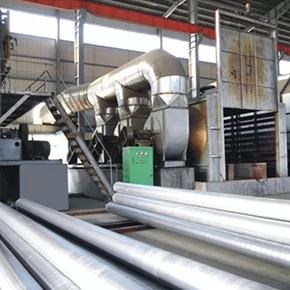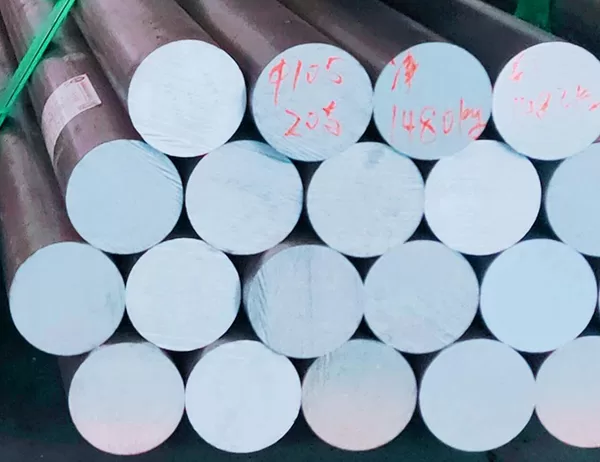Aluminium tubes have become an indispensable component in modern architectural designs, offering a unique blend of strength, durability, and aesthetic appeal. Integrating extruded aluminium tubes into your building design can elevate its structural integrity, enhance its visual impact, and provide unparalleled flexibility for customization. This article explores the multifaceted benefits of incorporating extruded aluminium tubes into your building projects.
Enhanced Structural Performance
Extruded aluminium tubes exhibit exceptional strength-to-weight ratios, making them ideal for load-bearing applications. Their hollow core provides efficient load distribution, reducing material consumption and overall weight while maintaining structural stability. This results in lighter and more cost-effective building structures without compromising safety and performance.
Improved Durability and Longevity
Aluminium’s inherent resistance to corrosion and weathering makes extruded aluminium tubes incredibly durable. They are impervious to rust, decay, and the harsh effects of UV radiation, ensuring a long lifespan with minimal maintenance. This durability translates into lower maintenance costs and reduced repair frequency, leading to significant long-term savings.
Unmatched Design Flexibility
Extruded aluminium tubes offer unparalleled design flexibility, allowing architects to create intricate shapes and complex geometries. The extrusion process enables the production of tubes with varying cross-sections, profiles, and dimensions, catering to diverse design requirements. This flexibility allows for the creation of aesthetically pleasing building facades, structural supports, and decorative elements that are tailored to specific architectural visions.
Lightweight and Efficient
The low density of aluminium makes extruded aluminium tubes lightweight, facilitating easy handling and transportation during construction. Their high strength-to-weight ratio also allows for the use of thinner sections, resulting in weight reduction without sacrificing structural integrity. This lightweight construction contributes to reduced energy consumption during transportation and building operation, promoting sustainability.
Enhanced Thermal and Acoustic Properties
The hollow core of extruded aluminium tubes acts as an effective thermal insulator, reducing heat transfer and improving building energy efficiency. The tubes can also be filled with insulating materials to further enhance thermal performance. Additionally, extruded aluminium tubes have sound-absorbing properties, helping to create a quieter and more comfortable indoor environment.
Low-Maintenance and Cost-Effective
Aluminium tubes require minimal maintenance due to their exceptional durability. Their corrosion resistance eliminates the need for costly surface treatments or repainting. Furthermore, their lightweight nature reduces transportation and labor costs during construction. These factors contribute to overall project cost-effectiveness and long-term value.
Sustainable Building Practices
Aluminium is a highly recyclable material, making extruded aluminium tubes an environmentally responsible choice for building design. By incorporating recycled aluminium content, architects can contribute to the circular economy and reduce the environmental impact of their projects. Additionally, the durability and longevity of extruded aluminium tubes reduce waste and promote sustainable construction practices.
In conclusion, integrating extruded aluminium tubes into your building design offers a multitude of benefits, including enhanced structural performance, improved durability, design flexibility, lightweight construction, thermal and acoustic properties, low maintenance, cost-effectiveness, and sustainability. By embracing this versatile material, architects can create buildings that are strong, aesthetically pleasing, and environmentally conscious, contributing to the advancement of innovative and sustainable building practices.




